2025 Federal Election
Carney’s budget is worse than Trudeau’s

Liberal Leader Mark Carney is planning to borrow more money than former prime minister Justin Trudeau.
That’s an odd plan for a former banker because the federal government is already spending more on debt interest payments than it spends on health-care transfers to the provinces.
Let’s take a deeper look at Carney’s plan.
Carney says that his government would “spend less, invest more.”
At first glance, that might sound better than the previous decade of massive deficits and increasing debt, but does that sound like a real change?
Because if you open a thesaurus, you’ll find that “spend” and “invest” are synonyms, they mean the same thing.
And Carney’s platform shows it. Carney plans to increase government spending by $130 billion. He plans to increase the federal debt by $225 billion over the next four years. That’s about $100 billion more than Trudeau was planning borrow over the same period, according to the most recent Fall Economic Statement.
Carney is planning to waste $5.6 billion more on debt interest charges than Trudeau. Interest charges already cost taxpayers more than $1 billion per week.
The platform claims that Carney will run a budget surplus in 2028, but that’s nonsense. Because once you include the $48 billion of spending in Carney’s “capital” budget, the tiny surplus disappears, and taxpayers are stuck with more debt.
And that’s despite planning to take even more money from Canadians in years ahead. Carney’s platform shows that his carbon tariff, another carbon tax on Canadians, will cost taxpayers $500 million.
The bottom line is that government spending, no matter what pile it is put into, is just government spending. And when the government spends too much, that means it must borrow more money, and taxpayers have to pay the interest payments on that irresponsible borrowing.
Canadians don’t even believe that Carney can follow through on his watered-down plan. A majority of Canadians are skeptical that Carney will balance the operational budget in three years, according to Leger polling.
All Carney’s plan means for Canadians is more borrowing and higher debt. And taxpayers can’t afford anymore debt.
When the Liberals were first elected the debt was $616 billion. It’s projected to reach almost $1.3 trillion by the end of the year, that means the debt has more than doubled in the last decade.
Every single Canadian’s individual share of the federal debt averages about $30,000.
Interest charges on the debt are costing taxpayers $53.7 billion this year. That’s more than the government takes in GST from Canadians. That means every time you go to the grocery store, fill up your car with gas, or buy almost anything else, all that federal sales tax you pay isn’t being used for anything but paying for the government’s poor financial decisions.
Creative accounting is not the solution to get the government’s fiscal house in order. It’s spending cuts. And Carney even says this.
“The federal government has been spending too much,” said Carney. He then went on to acknowledge the huge spending growth of the government over the last decade and the ballooning of the federal bureaucracy. A serious plan to balance the budget and pay down debt includes cutting spending and slashing bureaucracy.
But the Conservatives aren’t off the hook here either. Conservative Leader Pierre Poilievre has said that he will balance the budget “as soon as possible,” but hasn’t told taxpayers when that is.
More debt today means higher taxes tomorrow. That’s because every dollar borrowed by the federal government must be paid back plus interest. Any party that says it wants to make life more affordable also needs a plan to start paying back the debt.
Taxpayers need a government that will commit to balancing the budget for real and start paying back debt, not one that is continuing to pile on debt and waste billions on interest charges.
2025 Federal Election
NDP’s collapse rightly cost them official party status
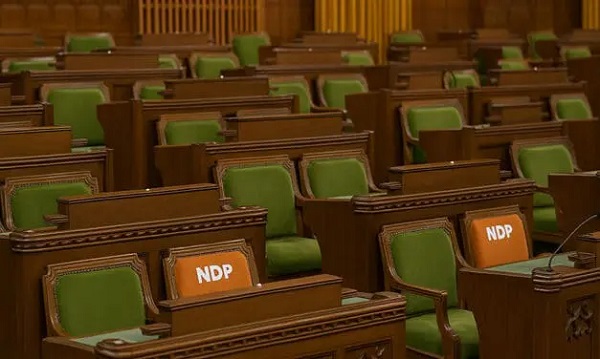
This article supplied by Troy Media.
 By Michael Taube
By Michael Taube
Official party status requires 12 seats. The NDP got seven. End of story
Rules are rules.
That, in a nutshell, is why the NDP wasn’t granted official party status in the House of Commons on Monday. Prime Minister Mark Carney and the
Liberals, to their credit, made the right decision.
Let’s examine why.
The 1963 Senate and House of Commons Act passed an amendment that gave an annual allowance to party leaders other than the prime minister and
leader of the Opposition. In doing so, the Canadian government had to establish what constitutes a “political party.” The definition they came up with was a sensible one: it had to have a “recognized membership of 12 or more persons in the House of Commons.”
This important amendment is still used today.
The NDP fell from 24 to a paltry seven seats in last month’s federal election. (There are a total of 343 seats in the House of Commons.) They finished with 1,234,673 votes, or 6.29 per cent, which was behind the Liberals, Conservatives and Bloc Québécois. Party leader Jagmeet Singh, who had represented the former Burnaby South riding since 2019, finished a distant third in the newly created Burnaby Central riding and resigned.
The NDP’s seven seats is well below the 12-seat requirement needed for official party status. This means Canada’s socialist alternative won’t be able to ask questions in the House of Commons and will lose out on money for research purposes.
Or, to put it another way, they’re plumb out of luck.
Hold on, some people said. They pointed out that the NDP’s seat count and popular vote only plummeted because many progressive voters backed Carney and the Liberals as the best option to counter U.S. President Donald Trump and his tariffs. They felt that the NDP’s long history as a champion for unions and the working class should count for something. They suggested there should be an exception to the rule.
Guess what? They’re wrong.
This is the worst election result in the party’s history. Even its predecessor, the Co-operative Commonwealth Federation (CCF), did marginally better in its first campaign. The CCF won seven out of 245 seats—and earned 410,125 votes, or 9.31 per cent—in the 1935 election. Party leader J.S. Woodsworth, who had represented the riding of Winnipeg North Centre as an Independent Labour MP since 1925, comfortably held his seat.
Meanwhile, this won’t be the first time they’ve ever lost official party status.
The NDP dropped from 43 to nine seats in the 1993 election. It was a dismal showing, to say the least. There was a suggestion at the time that then-party leader Audrey McLaughlin, the first woman to lead a party with political representation in Canada’s House of Commons, deserved a better fate. While the NDP certainly came closer to achieving the 12-seat requirement in this particular election, Prime Minister Jean Chrétien and the Liberals decided against granting them official party status.
Why? As I mentioned earlier, rules are rules.
Then again, British pilot Harry Day notably told his fellow flying ace Douglas Bader in 1931, “You know my views about some regulations—they’re written for the obedience of fools and the guidance of wise men.”
Does this mean that individuals and organizations who follow rules are, in fact, fools? Not at all. While certain rules in a liberal democratic society can range from slightly questionable to utterly ridiculous, they’re usually put in place for a specific purpose.
In the case of the House of Commons, it’s to ensure that a bar has been set with respect to political representation. Is 12 seats the right number? That’s difficult to say. It certainly prevents small protest parties and one-issue parties that unexpectedly win a tiny number of seats in an election from acquiring power and status right off the bat. They need to win more seats and grow in size and stature to reach a point of respectability. Most of them never reach this point and disappear while others float in a constant state of mediocrity like the Green Party of Canada. ’Tis the nature of the political beast.
One final point. If Singh and the NDP had reached double digits in total number of seats in 2025, a solid case could have been made in favour of official party status. If they had finished with 11 seats, it would have almost been a lock. Neither scenario ultimately materialized, which is why Carney and the Liberals did exactly what they did.
Michael Taube is a political commentator, Troy Media syndicated columnist and former speechwriter for Prime Minister Stephen Harper. He holds a master’s degree in comparative politics from the London School of Economics, lending academic rigour to his political insights.
Troy Media empowers Canadian community news outlets by providing independent, insightful analysis and commentary. Our mission is to support local media in helping Canadians stay informed and engaged by delivering reliable content that strengthens community connections and deepens understanding across the country.
2025 Federal Election
Judicial recounts give Conservatives 2 more seats, keeping Liberals short of majority
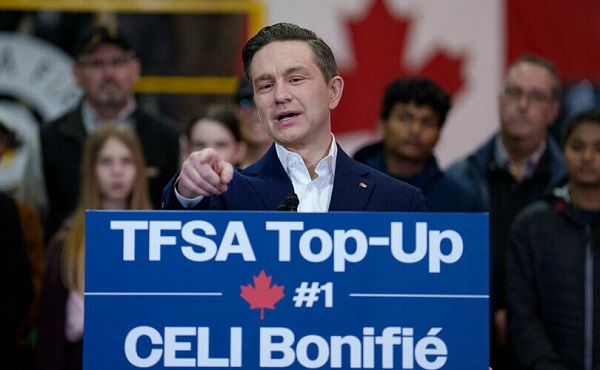
From LifeSiteNews
After a judicial recount, Conservative candidate Kathy Borrelli has officially won over Liberal incumbent Irek Kusmierczyk, in the Ontario riding of Windsor-Tecumseh-Lakeshore.
Judicial recounts from the 2025 federal election have given the Conservative Party two new seats, with one candidate winning by just four votes.
After a judicial recount, Conservative candidate Kathy Borrelli has officially won over Liberal incumbent Irek Kusmierczyk, in the Ontario riding of Windsor-Tecumseh-Lakeshore.
Borrelli got 32,090 votes, with Kusmierczyk getting 32,086 votes, and NDP candidate Alex Ilijoski getting 4,240 votes.
In the Newfoundland riding of Terra Nova-The Peninsulas, Conservative candidate Jonathan Rowe beat out Liberal Anthony Germain by just 12 votes after a recount with the initial result showing a Liberal victory.
The new election results mean the Conservatives now have 144 seats with the Liberals at 169, three short of a majority.
Judicial recounts are automatically triggered when the margin of victory for a candidate is less than 0.1 percent of valid votes.
While these recounts have favored the Conservatives, others have gone in the Liberal Party’s favor.
A May 16 judicial recount switched the southern Ontario riding of Milton East-Halton Hills South to the Liberals with a 21-vote victory over the Conservatives.
Overall, the election results have been a big blow to the Conservative Party, which on top of losing the election also saw its leader, Pierre Poilievre, fail to win his long-held seat. However, Poilievre is expected to run in a yet-to-be-announced by-election in Alberta to reclaim a seat in Parliament.
-
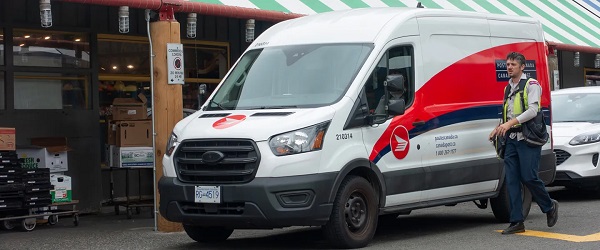
 Business1 day ago
Business1 day agoLatest shakedown attempt by Canada Post underscores need for privatization
-
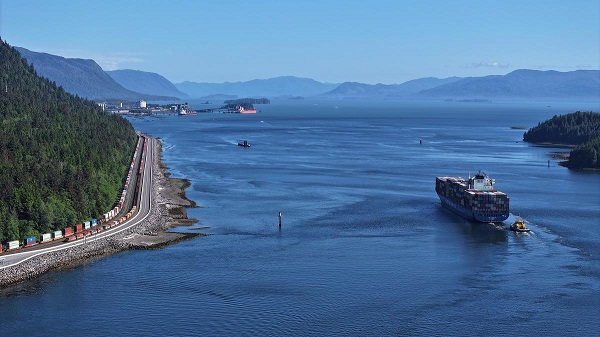
 Business1 day ago
Business1 day agoWhy it’s time to repeal the oil tanker ban on B.C.’s north coast
-
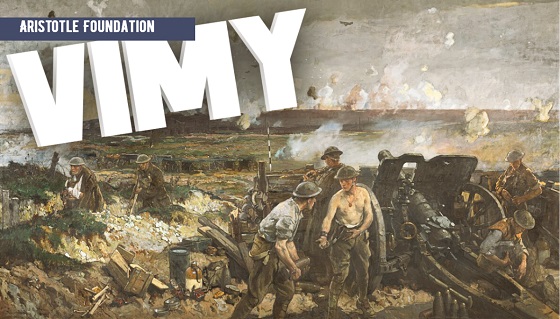
 Aristotle Foundation2 days ago
Aristotle Foundation2 days agoHow Vimy Ridge Shaped Canada
-
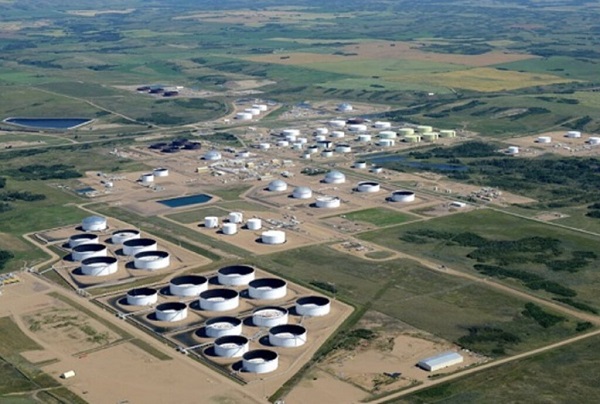
 Alberta1 day ago
Alberta1 day agoPierre Poilievre – Per Capita, Hardisty, Alberta Is the Most Important Little Town In Canada
-
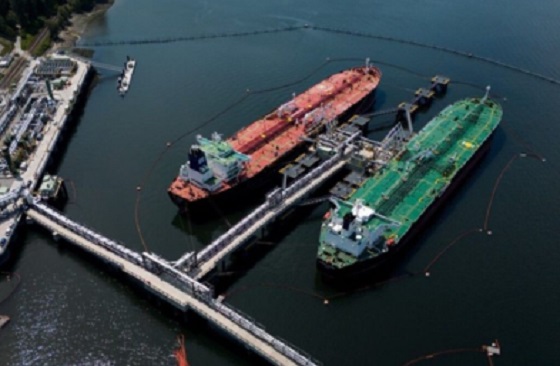
 Energy1 day ago
Energy1 day agoIf Canada Wants to be the World’s Energy Partner, We Need to Act Like It
-
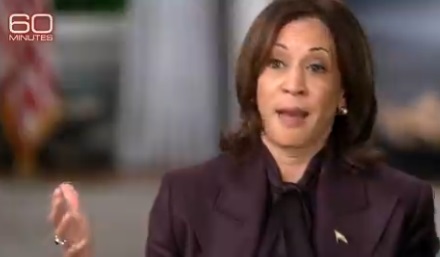
 International2 days ago
International2 days agoCBS settles with Trump over doctored 60 Minutes Harris interview
-
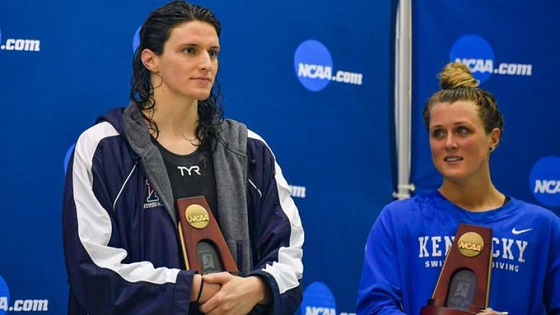
 MxM News1 day ago
MxM News1 day agoUPenn strips Lia Thomas of women’s swimming titles after Title IX investigation
-
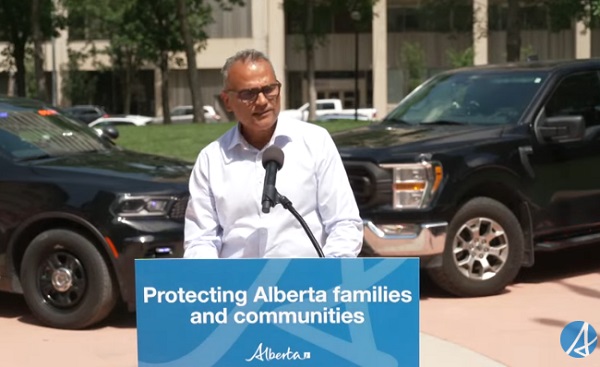
 Alberta1 day ago
Alberta1 day agoAlberta Provincial Police – New chief of Independent Agency Police Service







